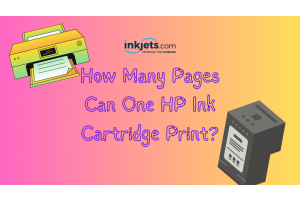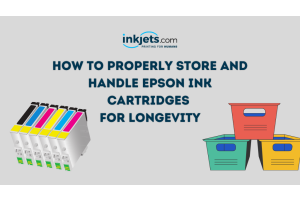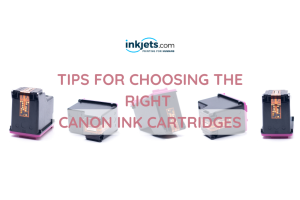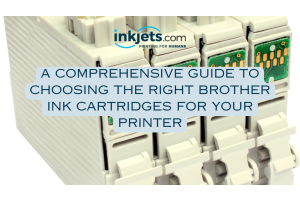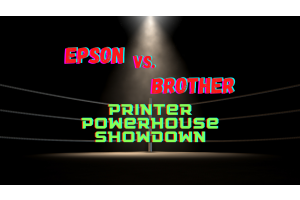
Article last updated March 7, 2023
Only the most reliable home printers can meet your printing needs, whether you have a multi-generational household with different printing requirements or you have a home office. Either way, the best thing about today’s printers is not only are these devices more capable than before, they also serve different purposes.
But choosing the best printer for home use is not always easy, considering the number of options available nowadays. So for this blog post, we have put together tips that will help you find the best device for your needs.
Make sure you read until the end of the article because we also explain common printer terms that can help you with your purchase.
What is the best printer for home use - inkjet or laser?
This is actually the first question that all buyers must answer. What IS the best for home printing needs? An inkjet or a laser printer? The answer comes down to a matter of how much and what documents you are planning to print.
An inkjet printer uses ink cartridges that apply wet ink to paper and rapidly dries it. A laser printer on the other hand uses a toner, which is ink powder that bonds to the paper. Color inkjet printers are a bit more popular for home users because they can print almost anything: photos, pie charts, research papers - you name it, the device prints it. Also, most inkjet printers and all-in-one printers sold today are fast, often with speeds that match or surpass laser printers.
Laser printers are more commonly used in an office setting, where most of the printing needs are monochrome (just use black ink). These monochrome laser printers are also more affordable, print quickly, and have a lower cost per page compared to their inkjet counterparts. As a buyer, you have to decide if you will be okay with giving up the flexibility provided by color inkjet printers. Sure, there are color laser printers available - but they are not cheap.

Lastly, a laser printer tends to have better page yields (page yield is the approximate number of pages you can print with one toner or cartridge), a laser toner can print between 2,000 to 4,000 pages. Inkjet cartridges tend to print for up to 2,500 pages on average, before they need to be replaced.
Should you consider multifunction printers?
The best multi function printers, as the name suggests, provide other functions. Apart from printing, these devices can be used for faxing, and scanning documents. Multifunction printers are available in both laser and inkjet models and are usually referred to as “all-in-one” printers.

Multifunction printers make sense for home use, because they are cheaper than buying a printer and standalone copier or scanner. You also get to save a lot of space in your home.
Would you print photos at home?
If you are into preserving family memories by printing pictures at home, consider getting a photo printer. Most buyers tend to get a single function photo printer over a multifunction one because even though they do not have much in the way of flexibility, the quality of prints is better. In fact, most photo printers rival the quality of prints you would get from photo printing kiosks.
However, if you do not mind sacrificing a bit of print quality in exchange for flexibility and function, then multifunction photo printers will work.
If you want to buy the best printer for home use, you need to learn about important specs and what they mean
It used to be easy for printer manufacturers to make outrageous claims about the performance of their products. So, it is easy to get sales talked into buying a device that does not meet your needs.

If you want to buy the best printer for home office use, you need to learn important printer specs and what they mean.
Dots Per Inch (DPI)
Dots per inch refers to the number of dots printers can apply to one square inch of paper. This specification is helpful if you want to know how well a printer produces high resolution images. While it is an important specification to consider, it should not be your deciding factor because new printing software is capable of enhancing a printed image’s resolution without affecting the DPI.
Duty Cycle
Duty cycle refers to the number of pages a printer can print in a given time period without damaging the device. Naturally, you want your expected print numbers to be below the duty cycle so your device would not get worn down easily.
Pages Per Minute (PPM)
Pages Per Minute refers to the speed a printer can print out pages. Simple? Not really because PPMs vary for when you print in monochrome versus in color. Average PPM for black and white printing is between 20 - 40 pages. However, printing in color slows down the process a little bit because the printer needs a little more time to place specific color dots on the page. While color PPM varies, this number typically drops to half of black and white PPM.
Connectivity
Almost every printer nowadays provides a number of connectivity options. Cloud printing and Wi-Fi connectivity have become standard. But for certain print jobs, the following connectivity options may be more suitable:
USB connectivity
The USB-A connection is common for printers today. This allows the user to connect external hard drives and a number of other devices. Then you simply use the printer’s menu to print files directly from the external drive.
Wi-Fi
Most home printers today are designed to connect to Wi-FI networks. During setup, you can connect the printer directly to your Wi-Fi then download software onto your phone or computer. Then you just send printing jobs to your device - no cables needed.
Wi-Fi connection is among the most convenient ways to print documents as it also allows for remote printing to your office. This is extremely helpful for people with work-from-home setups.
Cloud Printing
Many printers provide internet-based functions that allow you to access photos stored online, as well as print remotely. Do remember though that if your printer is not connected to the internet, you cannot use cloud printing service or print remotely.
Choose affordable ink
Needless to say, ink is an important part of choosing home printers. If you print a lot of graphics, or print a lot of pages a month, the cost of ink can add up to a pretty penny. The solution? Buy affordable ink.
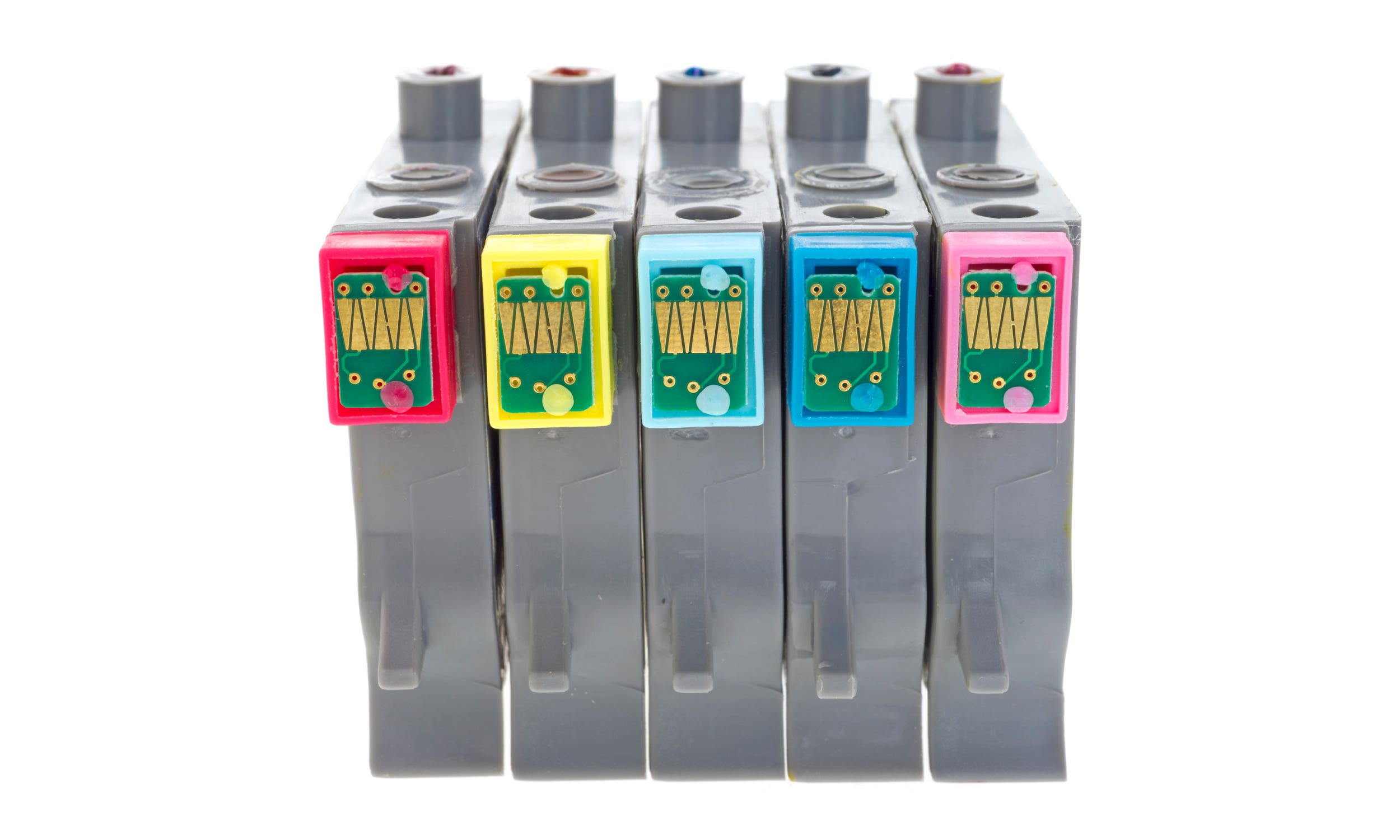
Companies like Inkjets are known for their high quality and low cost alternatives to branded ink cartridges and toners. Their range of remanufactured toner and inkjet cartridges provide huge savings over buying OEM (Original Equipment Manufacturer) ink.
Remanufactured ink cartridges are brand cartridges that have gone through a single cycle of use. These cartridges were recycled, picked up by remanufacturing companies, and well - professionally remanufactured.
These cartridges make use of the same component as the brand name, so they look very similar to OEM products. During remanufacturing, cartridges are disassembled, thoroughly cleaned, tested for quality and double checked for damages. Any worn component is replaced, and then reassembled. Afterwards, the cartridges are refilled with toner or ink to the same amount as the OEM cartridge. The remanufactured cartridges are again tested before they are sold.
The reason remanufactured ink costs less than OEM brands is their cartridges do not require as many new components to create a new product. This keeps manufacturing costs low, so websites like inkjets.com can pass the savings on to their customers. And other than the packaging it comes in, there is absolutely no difference in the quality of ink.
Lastly, remanufactured ink is the greener option when it comes to buying ink for your home printer. By purchasing remanufactured ink, you ensure there is one (or more) less empty cartridge dumped in landfills.
So what is the best small office printer for you?
Choosing the best printer for home use does not need to be stressful. Before you start shopping around and comparing brands or types of printers, take a minute and list down what you would need a printer for, and how often you would print.
Would you print more photos than documents? Would you print more color images or mostly text? Do you prefer a multifunction device based on the work that you do?
There are plenty of printer options available nowadays. And we hope the tips we have here can help you decide what device would best suit your printing needs.
Need help deciding what printer and printer ink to get for your home? Contact our team at inkjets.com. We are more than happy to help with your questions.



